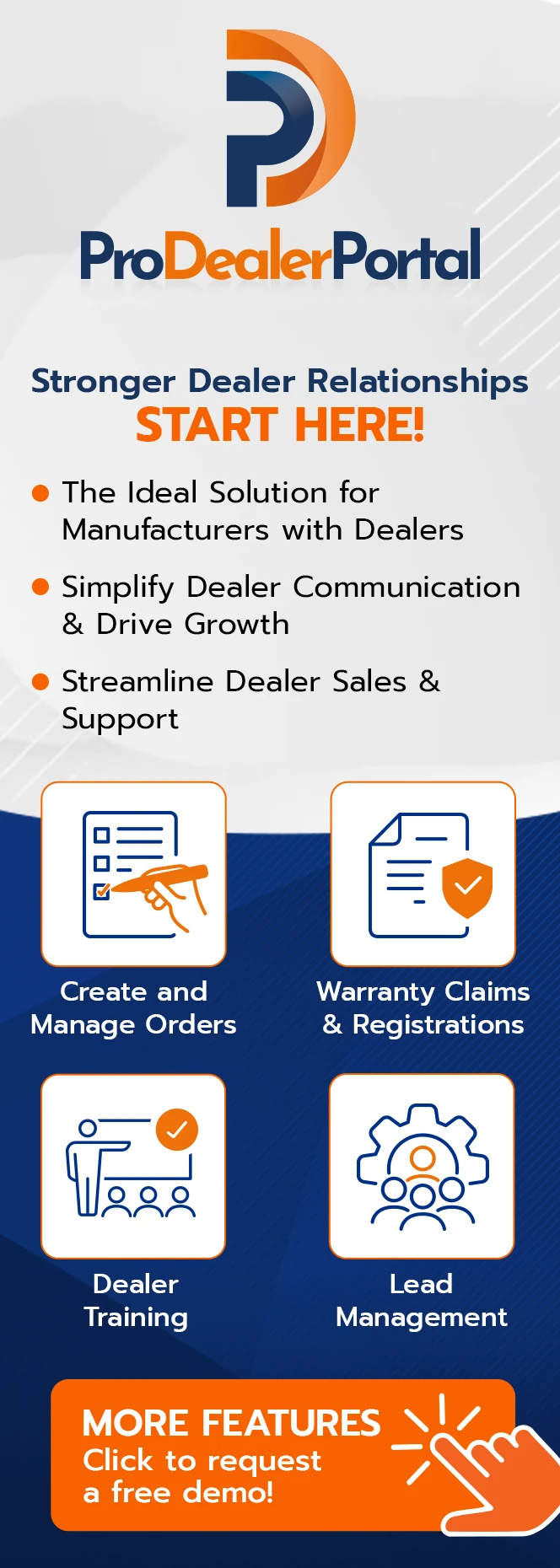Beyond Basics: Crafting a High-Impact Email Template Portfolio

So, you are a new-age email marketer or a business owner looking to boost your conversions. You have tried different ways, built cutting-edge email templates, but none seem to meet your expectations.
Maybe you need to go beyond the normal. You need a high-impact email template catalogue that creates a lasting first impression. One that conveys what your business is truly capable of.
An email template portfolio isn’t just a gallery of pretty visuals. It’s proof. Proof of skill. Consistency. Strategic thinking. It separates the designer who can “make things look nice” from the one who engineers campaigns that convert, engage, and build loyalty.
Clients and employers aren’t just scanning colors or fonts. They’re looking for design judgment. Technical expertise. Evidence that you understand real-world performance, responsive layouts, modular sections, accessibility, and optimization.
So, if you’re ready to learn how to build a high-impact email template portfolio, you have landed at the right place.
Table of Contents
- Purpose and Power of an Email Template Portfolio
- Building Blocks of a High-Impact Email Template Portfolio
- How to Present Your Portfolio Effectively
- Workflow and Maintenance Behind the Portfolio
- Pitfalls to Avoid While Building a High-Impact Template Portfolio
By the end, you’ll have a blueprint for a portfolio that sells both your design and strategic chops. Let’s cut to the chase.
Purpose and Power of an Email Template Portfolio
When you think about an email template portfolio, consider it more than just a design gallery.
A strong portfolio does more than show templates. It demonstrates function. Scalability. Strategy. Think of it as a playbook for campaigns.
Focusing on templates over one-off emails shows that you:
- Understand repeatable systems that maintain brand consistency.
- Can scale campaigns without reinventing the wheel.
- Design for real-world use, not just aesthetics.
Modern portfolios reveal the intersection of design and performance. They demonstrate how templates adapt from promotional campaigns to transactional notifications and lifecycle sequences while remaining cohesive and effective.
So, how will your email template catalogue meet the expectations of your clients? Let’s find out.
What do clients or employers really look for?
Evaluation goes deeper than surface appeal. Here are the characteristics your email template archive should possess.
- Responsiveness – Mobile, tablet, desktop.
- Modular design systems – Reusable blocks for flexibility.
- Accessibility awareness – Alt text, readable fonts, semantic hierarchy, contrast.
- Deliverability knowledge – Templates that render consistently across clients.
- Evidence of performance – Open rates, clicks, conversion lift.
- Strategic diversity – Promotions, transactional, newsletters, automated sequences.
A portfolio balancing visual appeal, modular design, and data insights persuades that it is more than just “looks nice.”
Now, let’s discuss what constitutes a high-impact email template portfolio – the ingredients.
Building Blocks of a High-Impact Email Template Portfolio
Here are five core building blocks of a high-impact email template catalogue.
- Core template structure
Start with a master template – the backbone for headers, footers, and typography. It ensures consistency across campaigns. Use modular blocks, like:
- Flexible sections for different campaigns
- Reusable components: CTA buttons, product cards, social links
- Compatible with drag-and-drop or code deployment
Enterprise-level best practices enable templates to be scalable, maintainable, and flexible.
- Responsive and accessible design
Responsive design isn’t optional. Show templates adapting to mobile, tablet, and desktop. Accessibility matters. So pay attention to:
- Alt text for images
- Sufficient contrast
- Semantic hierarchy and scalable fonts
This signals a focus on reach, inclusivity, and audience experience.
- Visual and brand consistency
Templates should echo brand identity:
- Consistent colors, fonts, spacing.
- Unified visual language across campaigns.
- Flexibility to vary content while staying cohesive.
Your portfolio should convey that you can translate brand strategy into scalable design.
- Personalization and dynamic components
Dynamic templates make a portfolio shine:
- Conditional sections for user-specific content.
- Placeholders for real campaigns ({{first_name}}, {{product_recommendations}}).
- Triggered or lifecycle-based messaging.
Demonstrating these capabilities proves technical expertise and mastery of best practices in personalization.
- Performance-driven markers
Go beyond aesthetics:
- Annotate click zones and CTAs to show the layout strategy.
- Include visual cues for interaction areas.
- Overlay metrics like open-rate lift, CTR, or conversions when possible.
Design meets performance. Templates are built to deliver.
Now, let’s see how you can make your portfolio stand out from the crowd.
How to Present Your Portfolio Effectively
Here are four effective ways to present your email template archive.
- Through visual presentation formats
Use mockups or frames that resemble email clients, and keep it clean. Too much framing distracts from the templates.
Show sequences when relevant campaign flows show how templates interact. Also include lifecycle or triggered email series highlighting strategy.
- Through context and strategy annotations
Every template needs context:
- Use case: promo, onboarding, transactional.
- Audience and goal.
- Design rationale: layout, hierarchy, module choices.
Annotations turn decoration into strategy.
- Through real metrics and case studies
Include anonymized data:
- Open-rate improvements.
- CTR lift on CTAs.
- Conversion or revenue impact.
Before-and-after comparisons show measurable influence.
- Through curation and navigation
Keep it focused:
- 6–12 best templates.
- Categorize: promotional, transactional, newsletters, triggered.
- Use filters or tags for large portfolios.
Quality over quantity always wins.
Workflow and Maintenance Behind the Portfolio
Here are three best practices to maintain your portfolio.
- Development and version control – You should have a component-based architecture for headers, footers, and modules. The versioning tracks changes, supports rollbacks, and A/B tests. So, maintain consistency while allowing experimentation.
- Iterative testing and QA – You should test across clients: Outlook, Gmail, Apple Mail, and mobile. Gather feedback from clients or stakeholders. Also, refine for rendering, accessibility, and engagement.
- Keep the portfolio fresh – You should replace outdated templates regularly and showcase modern trends like dark mode, micro-interactions, and GIFs. Also, archive older work, but keep focus on current best practices.
But don’t get too complacent while doing all that, or else, you may face some challenges and hurdles along the way.
Pitfalls to Avoid While Building a High-Impact Template Portfolio
Here are some of the hurdles you should overcome to run things smoothly.
- Too many templates dilute impact. So, focus on your strongest work.
- No context or strategy: Templates without explanation appear decorative.
- Ignoring performance data can be demotivating. On the other hand, metrics prove impact.
- Clunky presentation or navigation can be daunting. So, keep your layouts clean, your flows logically flowing, and your navigation intuitive.
Pro tip – Learn from portfolios that fuse storytelling with results.
Wrapping up
That brings us to the business end of this article, where it’s fair to say that if you treat your portfolio as a living asset, you become invincible in the email game.
Your portfolio evolves. You can refine, replace, test, and annotate it as needed. It grows with your skills and the industry.
So, what will be your next move? Will you create a high-impact email template portfolio that speaks on your behalf? Or will you let your audience wonder what else you can do for them?
Your portfolio isn’t a collection. It reflects strategic and technical expertise.
- Share for feedback.
- Update to highlight design and tangible outcomes.
- Turn it into a living testament of your ability to create scalable, high-performing email campaigns.
When done right, your portfolio isn’t just a showcase, but it also signals that you’re a marketer and designer who delivers results.
